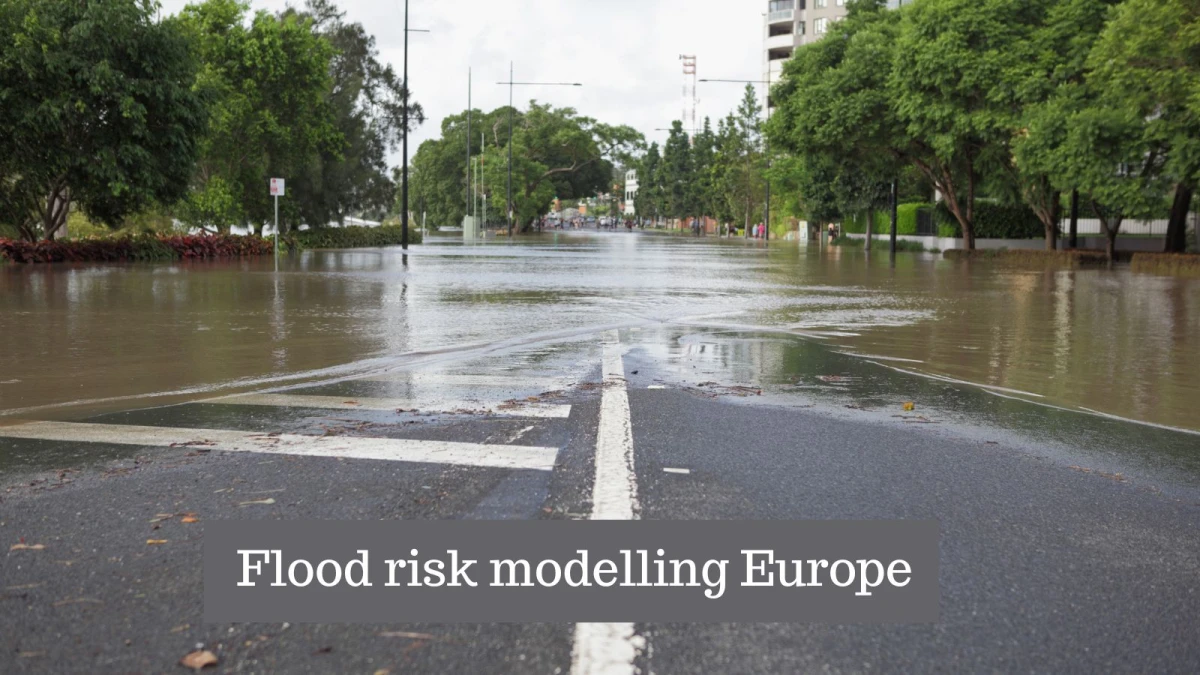
Flood risk modelling in Europe
Article by Jan Thiemen Postema, Daniël van Dam, Menno van Wijk, Niels van der Laan, Antoine Rainaud en Eve Titon
Flooding, a pervasive natural hazard across Europe, stems not only from persistent precipitation, locally or upstream of rivers, but also from sea or groundwater sources. The flood risk at any given location encapsulates both the probability of a flood event and the potential for property and economic damage. Human development can either mitigate or exacerbate this risk.
Flooding can inflict extensive damage on homes and infrastructure. Moreover, climate change is predicted to escalate both the severity and frequency of European floods, as heavy rainfall events and snow melt are anticipated to become more frequent and intense. 1 Recent history has indeed witnessed a surge in flood events across Europe. 2
The goal of this report is to present a comprehensive framework for calculating potential home insurance losses from European flood events based on open data sources. This framework leverages data on portfolio information, climate conditions, and protection levels. We have incorporated two distinct tools. The first tool (catastrophe tool) offers valuable insights into catastrophe risk by evaluating the impacts of floods with varying return periods (for example, one-in-100-year flood depth events), based on current climate and protection levels. The second tool (scenario analysis tool) facilitates scenario analysis, providing insights into the long-term effects of different climate scenarios and protection levels. As both tools leverage open data sources, they are cost-effective alternatives to commercially available catastrophe or scenario models. Both approaches can be used in risk assessment, such as solvency II ORSA (Own Risk and Solvency Assessment), as well as a basis to further develop pricing or risk models.
This framework and its associated tools can be effectively applied to real-world insurance portfolios in any European nation, or even globally where existing public flood risk data is available. Additionally, the results could prove beneficial for other stakeholders, including banks, municipalities, and other government agencies.


